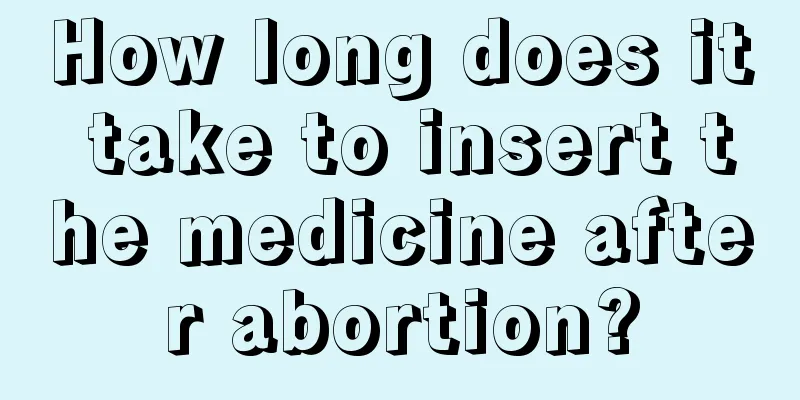Does accessory breast have nipples?

|
Accessory breasts refer to the presence of many small breasts next to the breasts, but these breasts do not have nipples and are different from real breasts. They look like an extra piece of flesh. Most accessory breasts are caused by congenital maldevelopment or excessive obesity. They need to be diagnosed through some methods and reasonably examined. If necessary, temporary medication can be used to see how the recovery goes. Symptoms and signs Multiple nipples or multiple breasts most often occur on the upper and outer sides of the normal breast, i.e., the axillary accessory breast, or on the lower and inner sides of the normal breast, i.e., between the normal breast and the navel (Figure 3). Depending on the degree of development of the accessory breast, there are two types: fully developed and incompletely developed. 1. Fully developed accessory breast has fully developed mammary tissue. Affected by estrogen, there will be swelling and even slight pain during the menstrual cycle, which will disappear after the menstruation. During pregnancy, the accessory nipples also swell along with the breast development, and milk may be discharged from the accessory nipples during lactation. After weaning, the breasts may become soft and the mammary glands may atrophy. 2. Incompletely developed accessory breast can be manifested as only incompletely developed breast tissue, without nipple and areola, or only pigmentation as areola and local skin thickening as nipple. There are also cases where only the nipple in its infant state remains without the areola, or only the pigmented areola without the nipple and mammary gland. People with underdeveloped breast tissue may also experience swelling and pain during menstruation. This symptom will not occur in those who have only areola or only nipple. A few accessory mammary glands in the chest are connected to the normal mammary glands and discharge their secretions into the normal mammary glands, but most of them are separate and unconnected accessory mammary glands. Medication Since people with multiple nipples or multiple breasts also have the chance of developing breast cancer, surgical resection can be used for treatment. However, patients with smaller polymastia and no obvious symptoms do not need treatment. If the gland gradually enlarges, causes pain or discomfort, or an abnormal lump is felt in the accessory breast that is suspected to be a tumor, or there is a family history of breast cancer, or the accessory breast is obviously raised, the nipple is enlarged, or the areola is pigmented and affects the appearance, surgical treatment is required. 1. For fully developed accessory breasts and incomplete accessory breasts, if periodic or irregular pain occurs during menstruation, pregnancy, or lactation, and it significantly affects the patient's health, surgical removal can be performed. 2. If the accessory breast is so large that it affects the upper arm adduction movement and appearance, it can be surgically removed. 3. For those suspected of malignancy or those that cannot be distinguished from tuberculosis or other lesions, resection is appropriate. |
<<: Why do you have accessory breasts?
>>: How to correct accessory breast
Recommend
Is it easy to cure an unruptured follicle?
If the follicle does not rupture, pregnancy canno...
A mosquito bite left a bump on me. Will I get dengue or AIDS?
It is well known that the flying height and dista...
What fish is best for pickled fish? What fish is boneless pickled fish?
Pickled fish, also known as sour soup fish, is a ...
Why do nipples hurt before menstruation?
Every woman will experience breast pain before he...
What are the dangers of endometrial polyps?
Endometrial polyps are a very common gynecologica...
Can eating "anti-sudden death meal" prevent sudden death? The September rumor list is freshly released
Review expert: Song Bingbing, a registered dietit...
Is it good to eat durian during breastfeeding?
Durian is extremely nutritious and contains rich ...
Is it possible to get pregnant two months after the IUD is removed?
The use of IUDs as an effective contraceptive met...
How to treat postpartum eye pain
There are many symptoms caused by postpartum dise...
White pimples on vulva
The occurrence of white pimples on the vulva will...
Can patients with uterine fibroids eat persimmons?
Uterine fibroids are a disease that troubles many...
Vaccination of “inhaled COVID-19 vaccine” has started. Why can the vaccine also be “inhaled”?
Since the end of October, many places across the ...
Be careful! These recognized first-class carcinogens may be around us!
Cancer is a major "killer" that threate...









